Organic Raisins (Kishmish) – Naturally Sweet, Fresh, and Nutrient-Rich
Indulge in the wholesome goodness of our Organic Raisins (Kishmish) – sweet, tender, and full of natural flavor. These raisins are grown under organic farming practices to ensure purity and quality, making them a perfect addition to your daily diet. Carefully packaged in aluminum pouches, they retain their freshness and natural taste, ready to be enjoyed as a snack or added to your favorite recipes.
Cultivation and Harvesting Process
Our organic raisins are made from premium, sun-ripened grapes, grown in ideal climates for superior sweetness and texture. The cultivation process follows these essential steps:
- Organic Farming Practices: These grapes are cultivated without synthetic fertilizers, pesticides, or GMOs. Instead, they thrive under natural sunlight, organic soil amendments, and eco-friendly pest management. This ensures that the raisins are free from harmful chemicals and packed with pure nutrition.
- Harvest Season: The grapes used to make these raisins are typically harvested between late summer and early autumn. During this season, the grapes reach peak ripeness, allowing them to naturally concentrate their sugars and develop the perfect sweetness for drying.
- Drying Process: After harvesting, the grapes are carefully dried under controlled conditions, either naturally under sunlight or in shaded areas. This slow drying process helps preserve their rich flavor and nutrient content, creating a wholesome, naturally sweet treat.
Nutritional Profile and Health Benefits
Raisins are not only delicious but also packed with essential vitamins, minerals, and antioxidants. Here’s a detailed nutritional breakdown per 100g of organic raisins:
| Nutrient |
Per 100g |
| Calories |
299 kcal |
| Total Fat |
0.5g |
| – Saturated Fat |
0.1g |
| Cholesterol |
0mg |
| Sodium |
11mg |
| Total Carbohydrates |
79g |
| – Dietary Fiber |
3.7g |
| – Sugars |
59g |
| Protein |
3.1g |
| Vitamin C |
2mg (3% DV) |
| Calcium |
50mg (5% DV) |
| Iron |
1.9mg (10% DV) |
| Potassium |
749mg (21% DV) |
| Magnesium |
32mg (8% DV) |
Key Health Benefits of Organic Raisins:
- Rich Source of Antioxidants: Raisins contain powerful antioxidants such as polyphenols, which help fight free radicals, reducing oxidative stress and inflammation in the body.
- Heart Health Support: The fiber, potassium, and polyphenols in raisins work together to support cardiovascular health by helping regulate blood pressure and cholesterol levels.
- Bone Health Boost: Packed with calcium and boron, raisins contribute to bone strength and help in maintaining bone density, making them especially beneficial for older adults and those looking to prevent osteoporosis.
- Energy Boost: With natural sugars and carbohydrates, raisins provide a quick energy source, making them an ideal snack for athletes, children, or anyone in need of an energy boost.
- Digestive Health Aid: Raisins are rich in dietary fiber, which aids digestion, promotes regular bowel movements, and helps prevent constipation.
- Immune System Support: The vitamin C and iron in raisins help bolster the immune system, enhancing the body’s defense against infections and illnesses.
- Healthy Weight Management: Raisins, despite their natural sweetness, have a low glycemic index. They promote satiety and can be a great snack option for those looking to manage their weight in a healthy way.
Suggested Uses and Serving Ideas
Our organic raisins are versatile and can be enjoyed in countless ways:
- Healthy Snack: Perfect for on-the-go snacking or as a natural energy booster between meals.
- Baking: Add them to muffins, bread, cookies, or cakes for natural sweetness.
- Breakfast: Sprinkle on oatmeal, yogurt, or cereal for a sweet, nutritious topping.
- Salads: Toss them into salads for a hint of sweetness and chewiness that pairs well with greens, nuts, and cheese.
- Cooking: Use them in rice dishes, pilafs, or curries for a delightful contrast to savory flavors.
Storage and Premium Packaging
To ensure the best quality, our Organic Raisins (Kishmish) are packaged in high-quality aluminum pouches. This packaging protects them from moisture, light, and air, preserving their freshness, flavor, and nutritional value for an extended period. For best results, store the pouches in a cool, dry place away from direct sunlight.
Why Choose Our Organic Raisins?
- 100% Organic: Free from synthetic pesticides and chemicals, delivering a pure and natural product.
- Nutrient-Dense: Packed with vitamins, minerals, and antioxidants that support overall health.
- Harvested at Peak Freshness: Sun-ripened grapes harvested at their prime for maximum sweetness and nutrition.
- Sustainably Grown: Cultivated using eco-friendly practices that promote soil health and environmental sustainability.
- Long-Lasting Freshness: Carefully packed in aluminum pouches to lock in freshness and natural sweetness.
Indulge in the naturally sweet and nutritious taste of our Organic Raisins (Kishmish). Perfect for snacking, cooking, and baking, these raisins are a healthy, flavorful addition to any diet. Treat yourself to the pure, wholesome goodness of these organic raisins, and enjoy the numerous health benefits they offer!




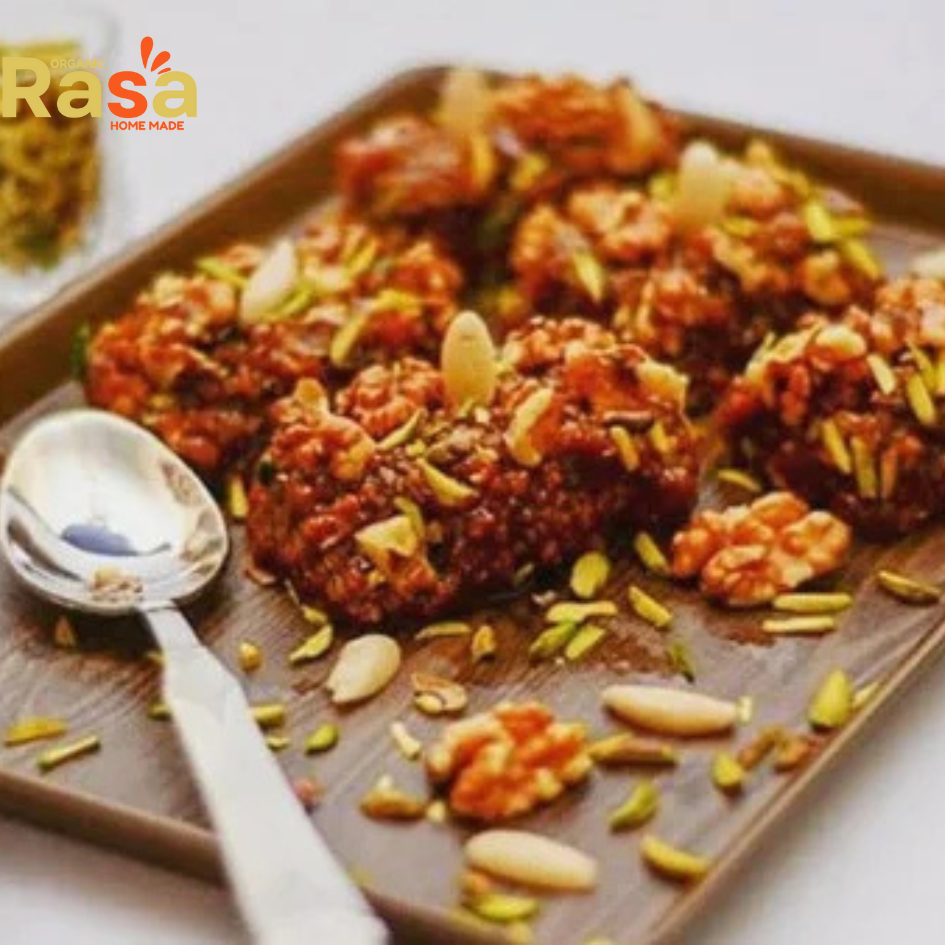
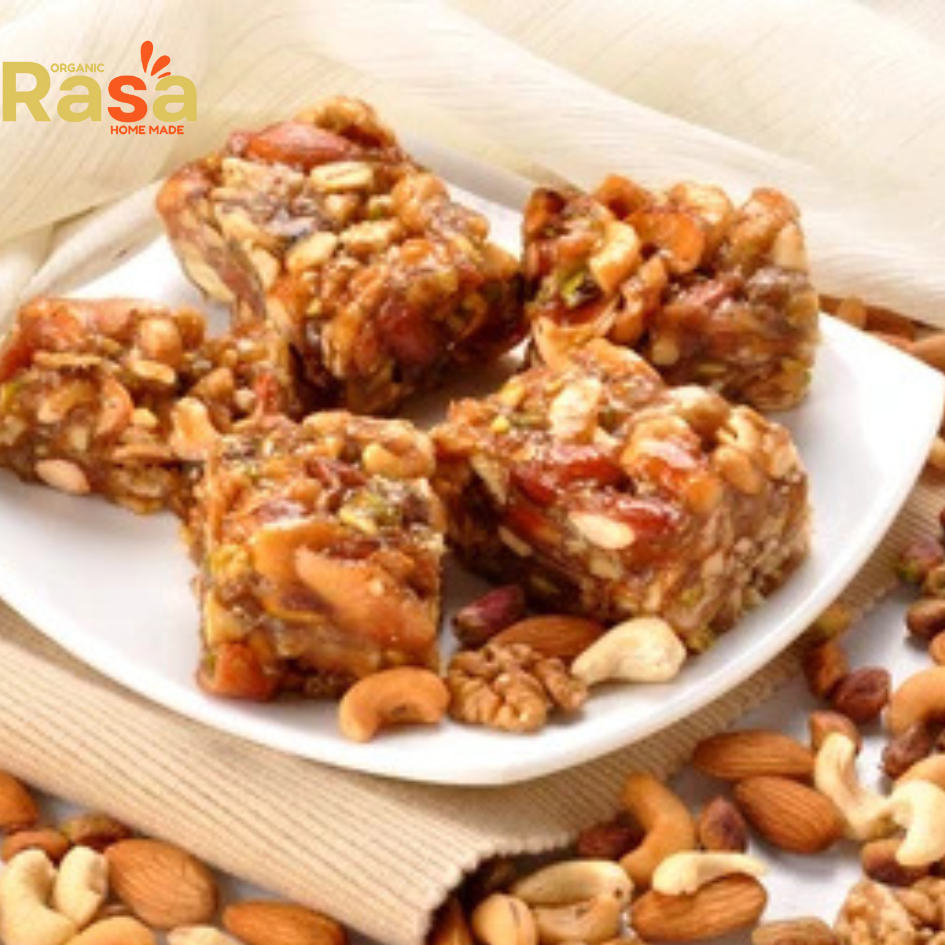


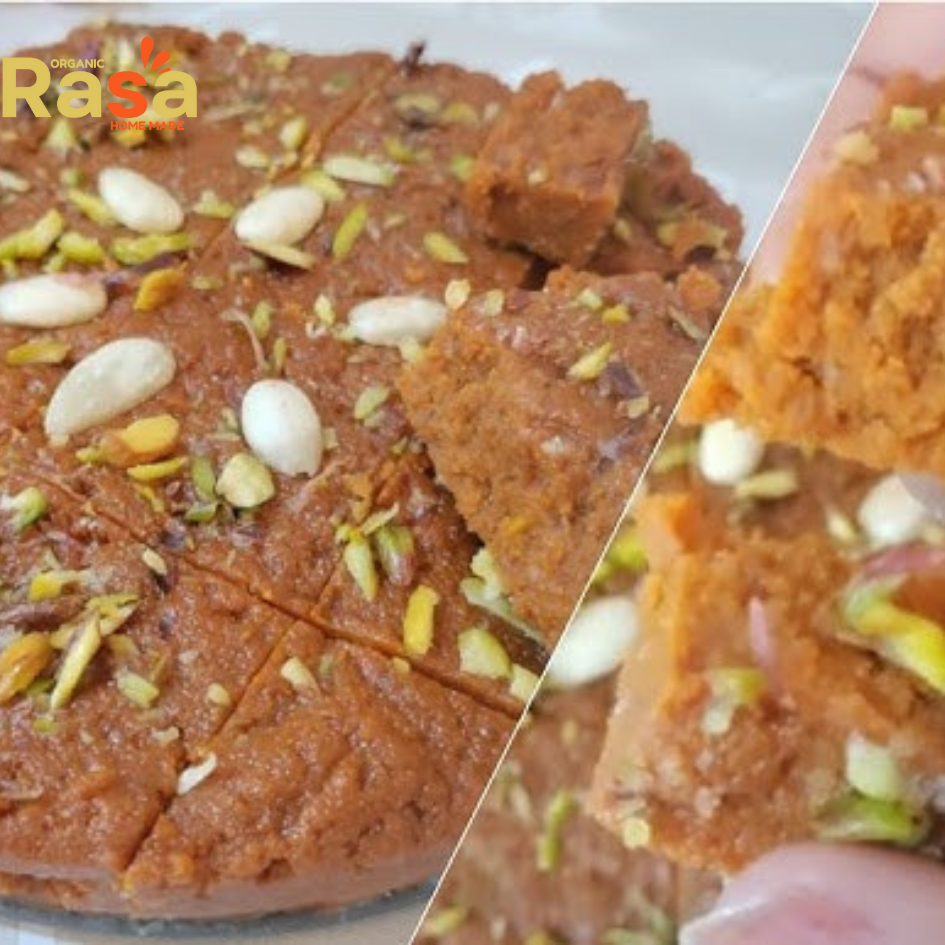
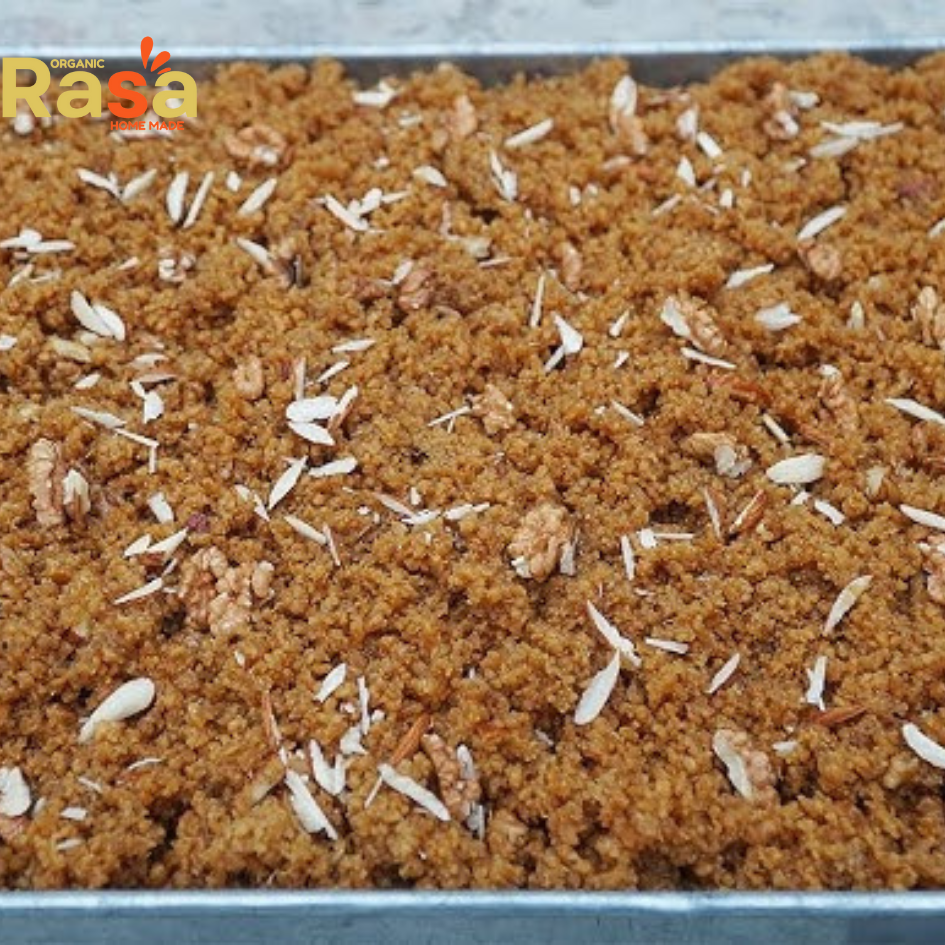
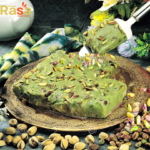





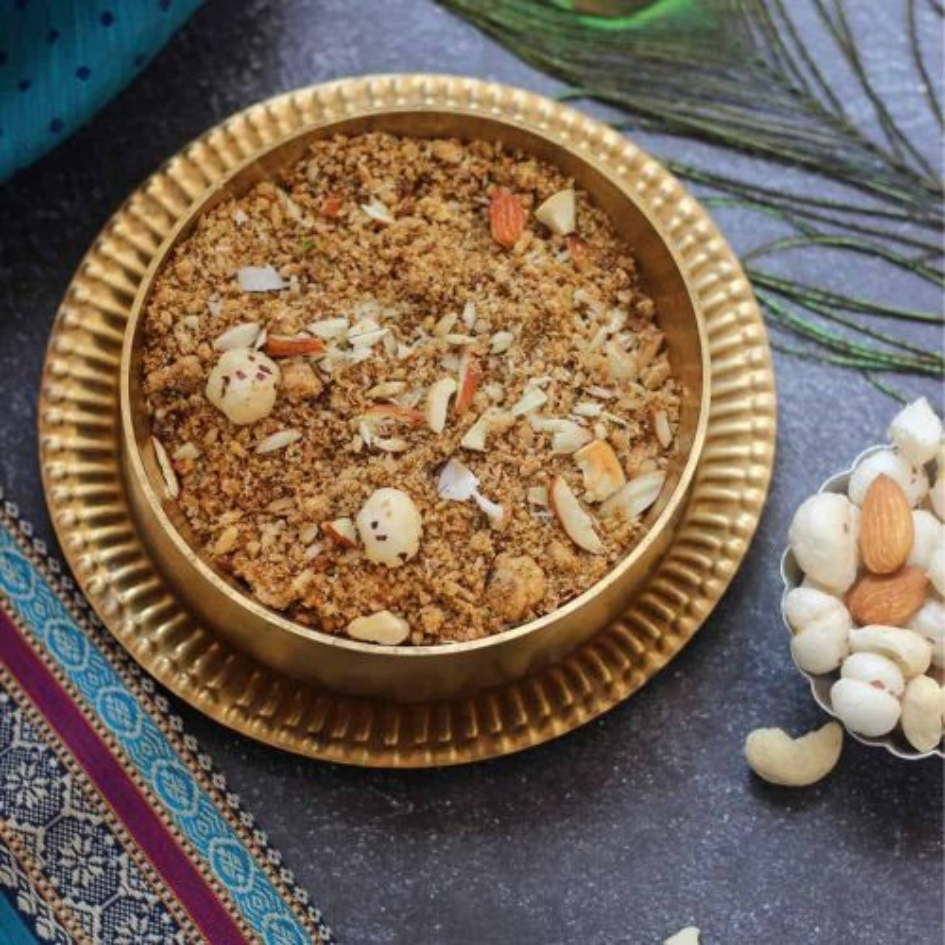





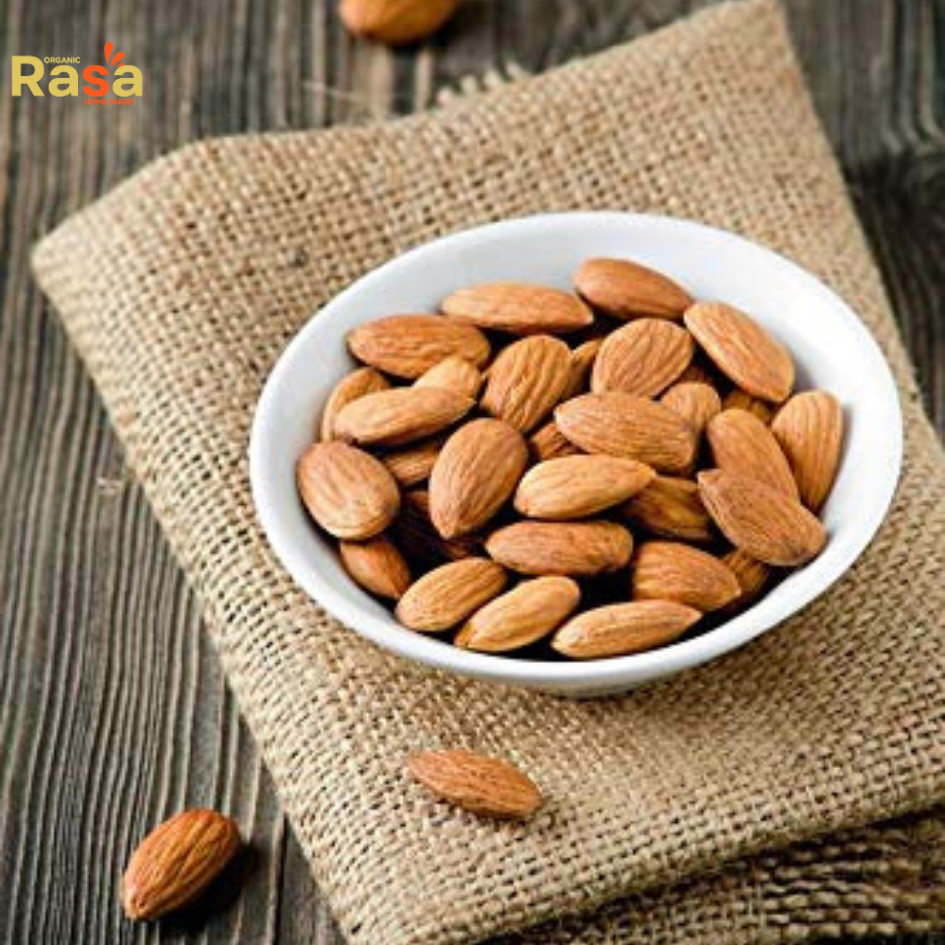
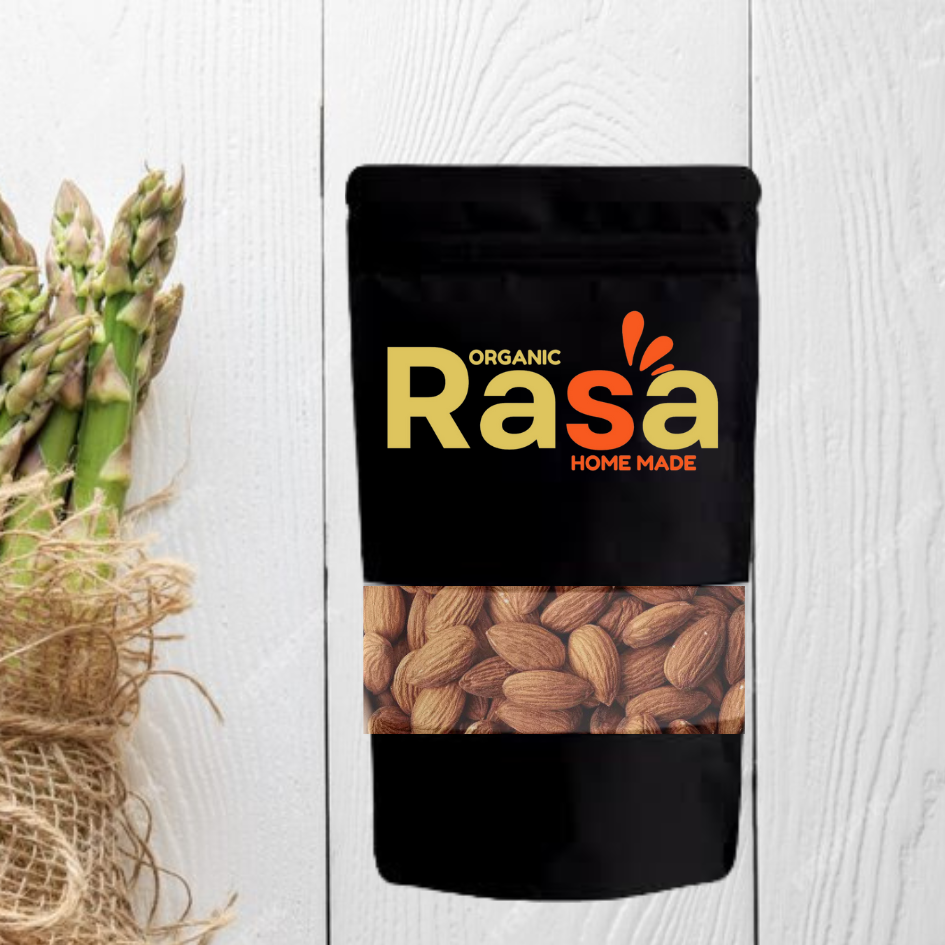




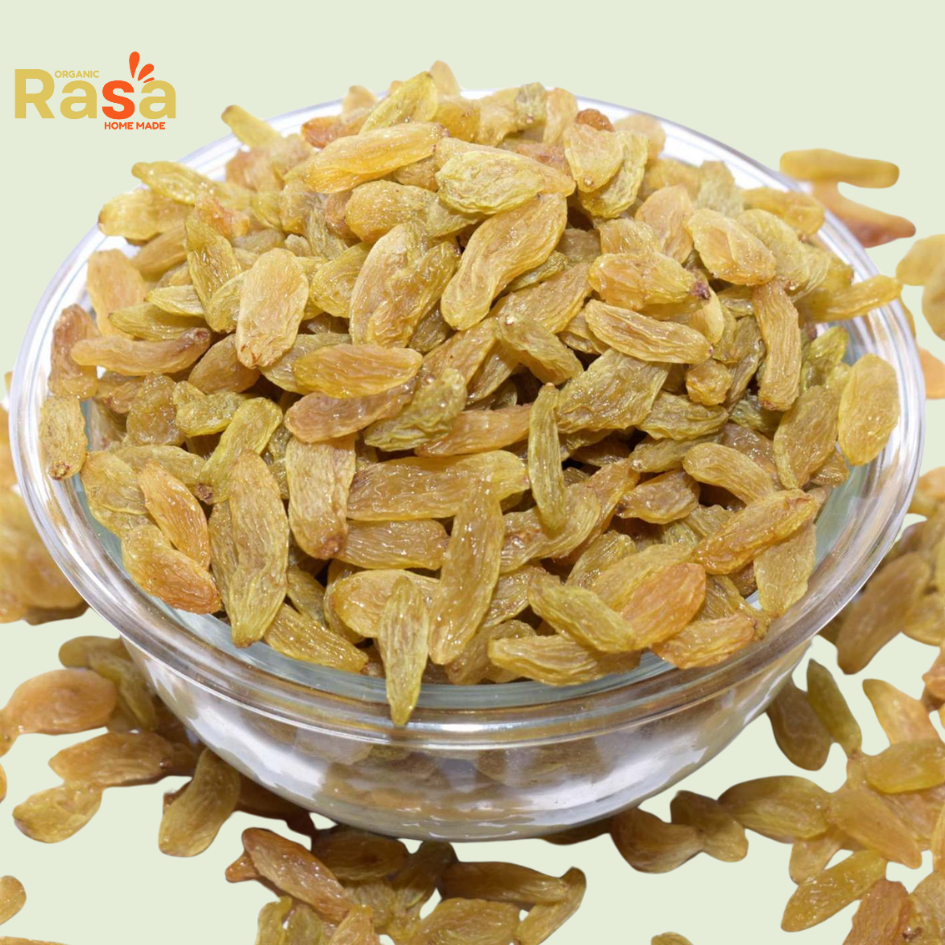

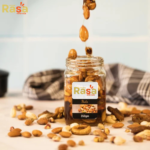



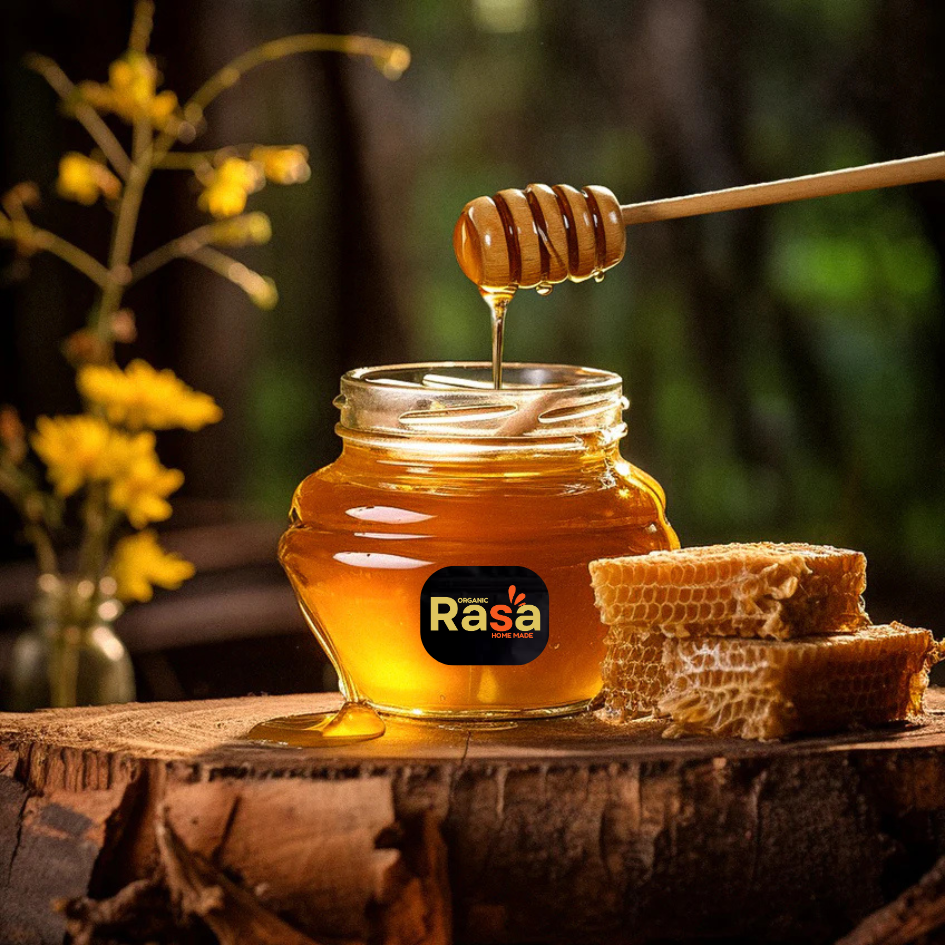
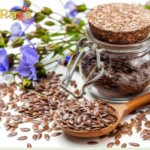

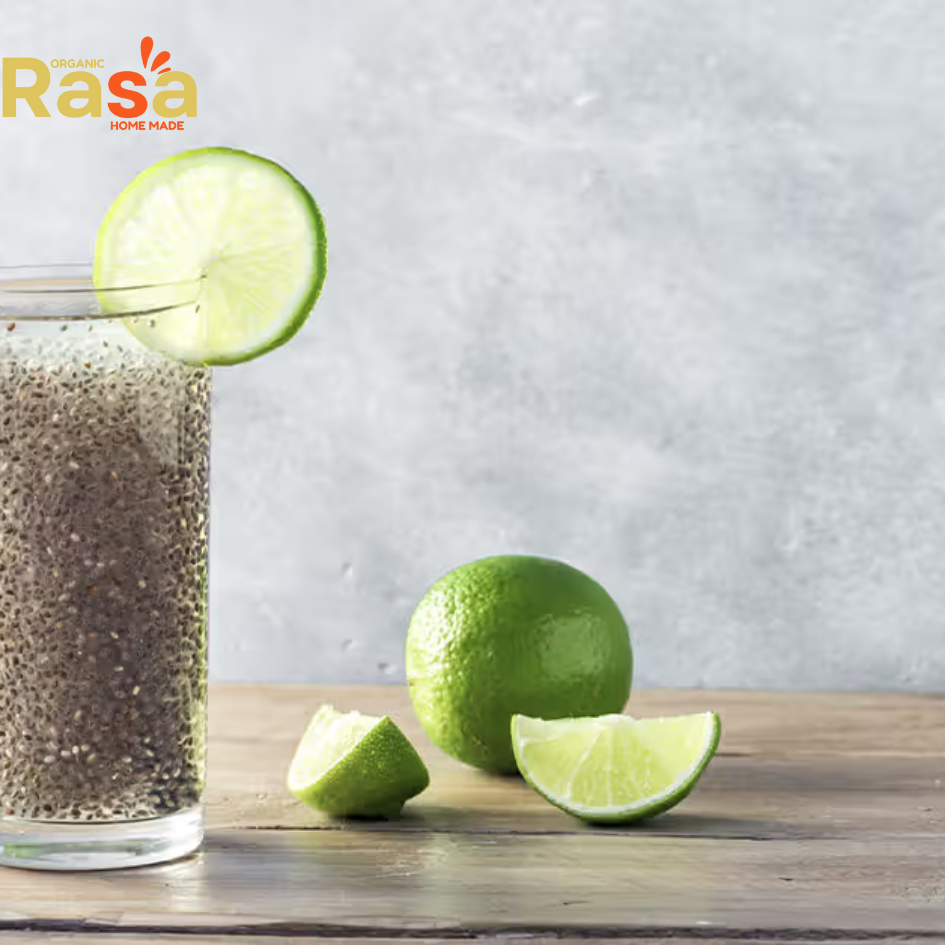
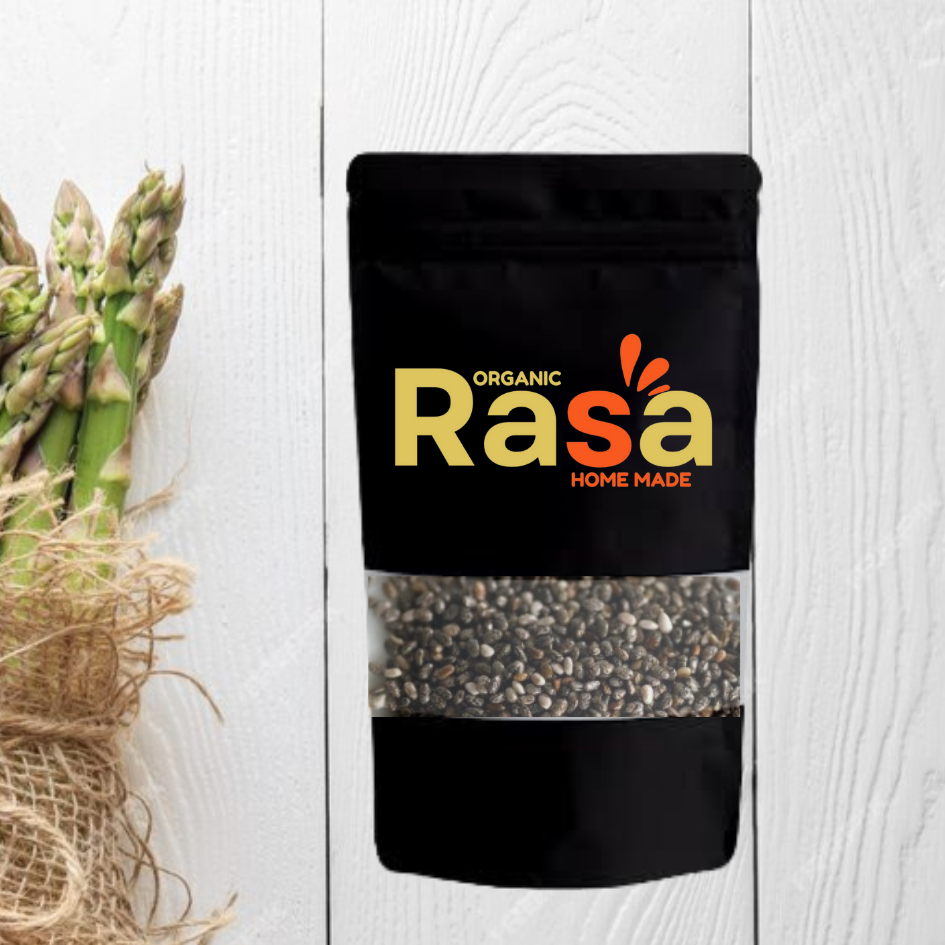

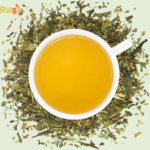
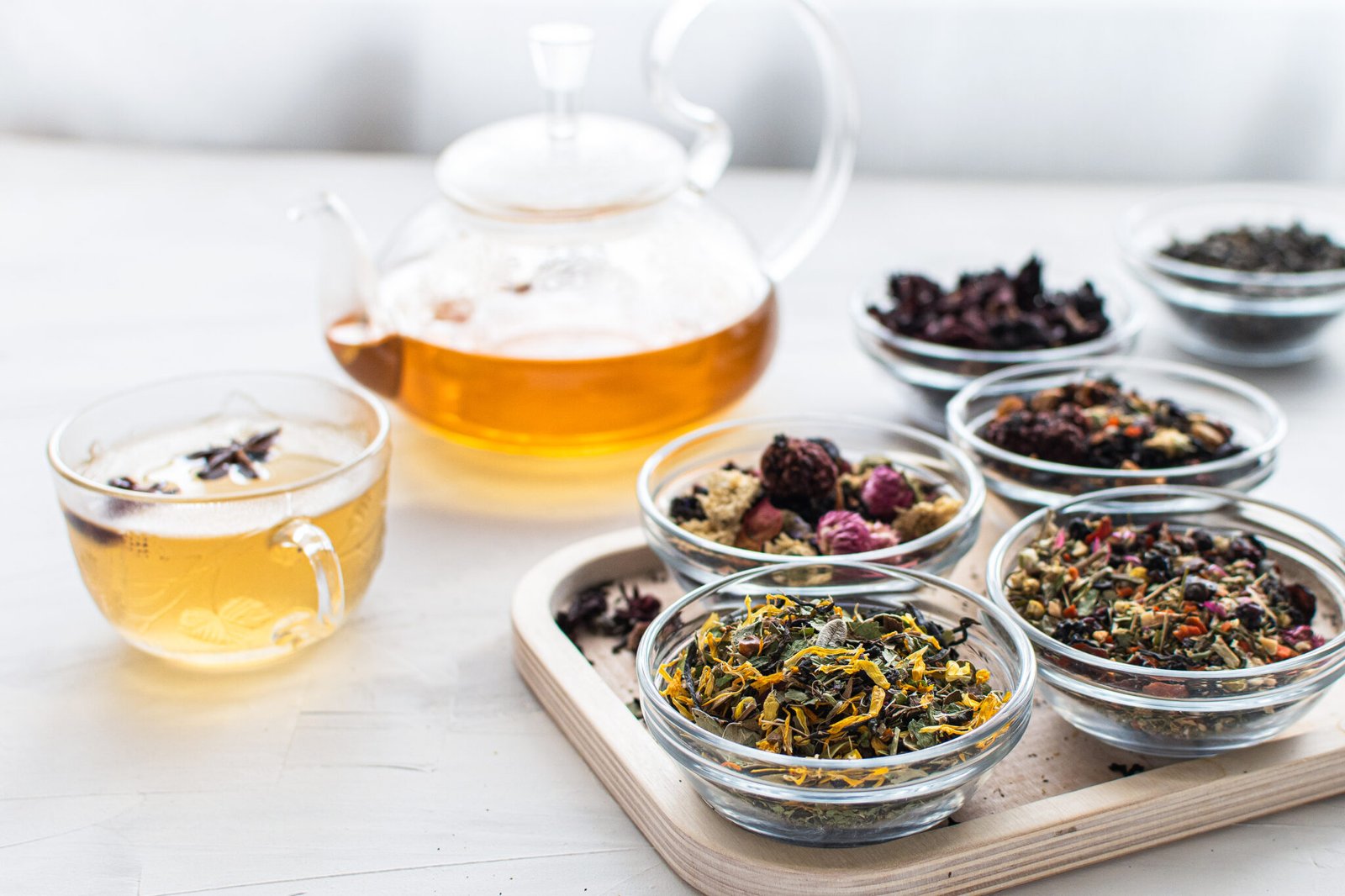

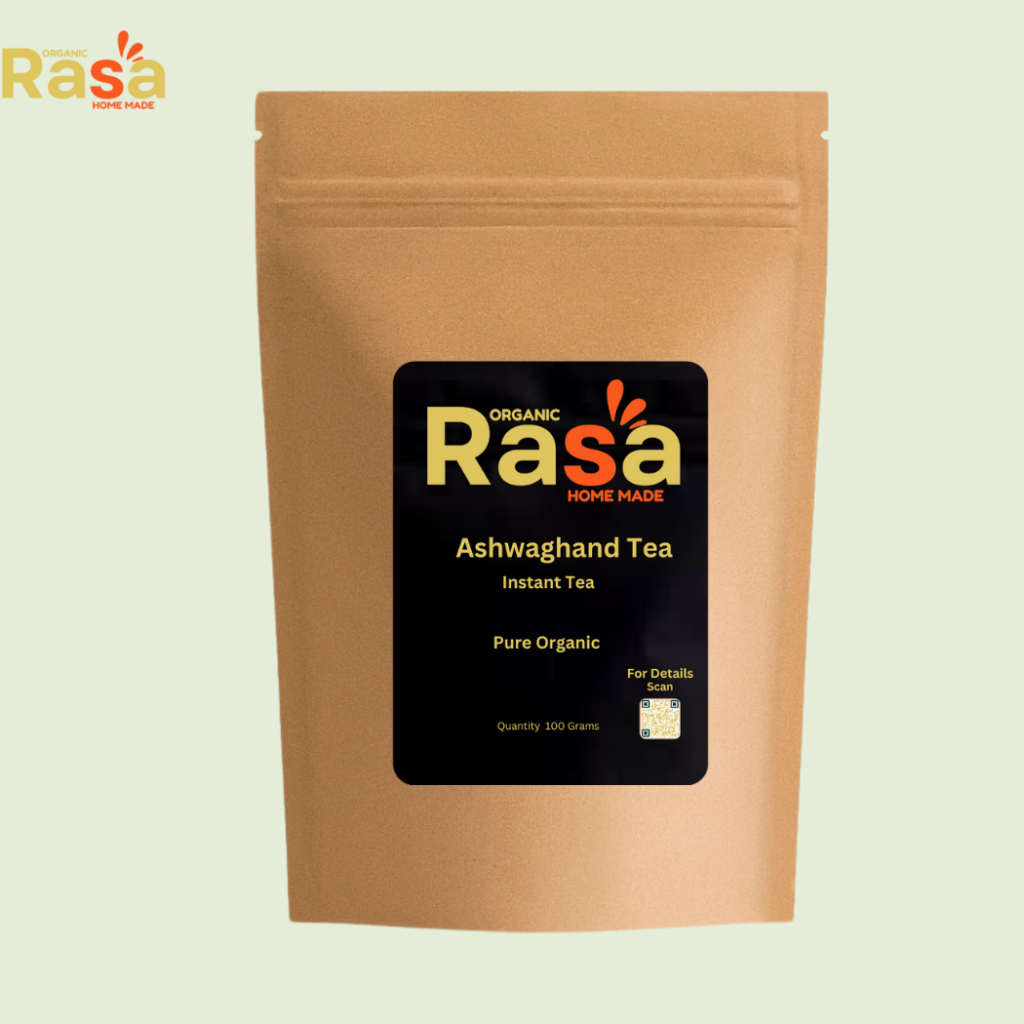

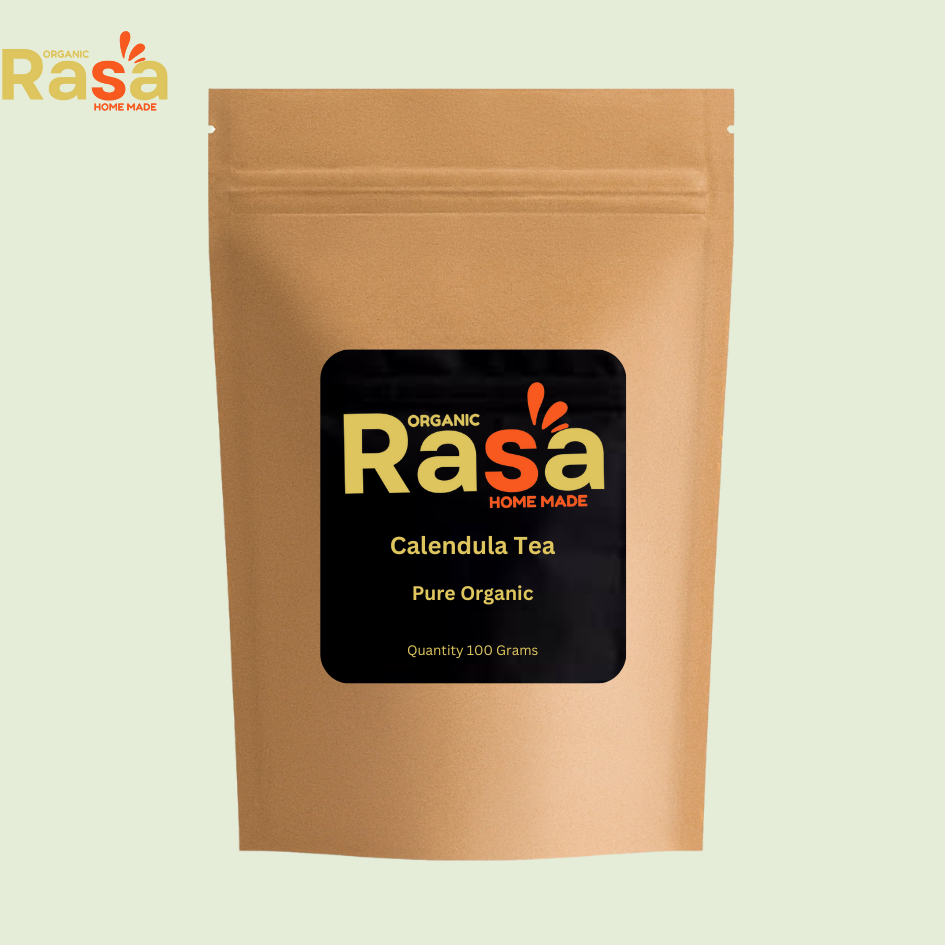


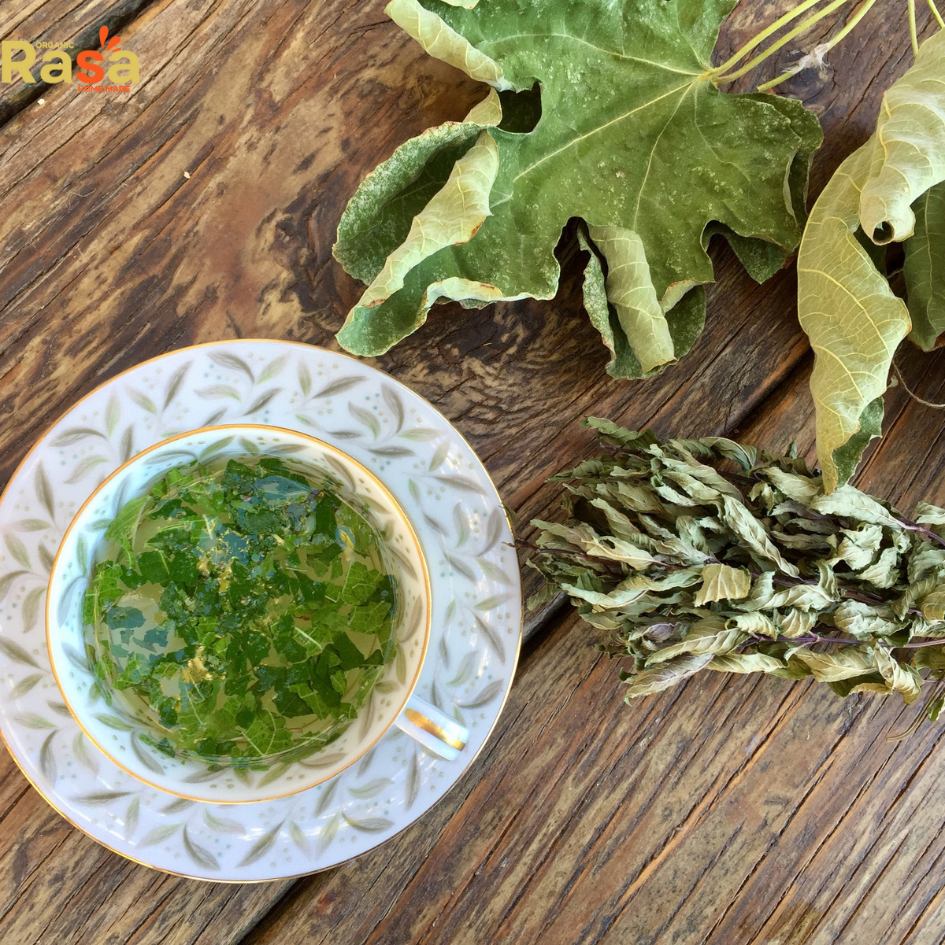
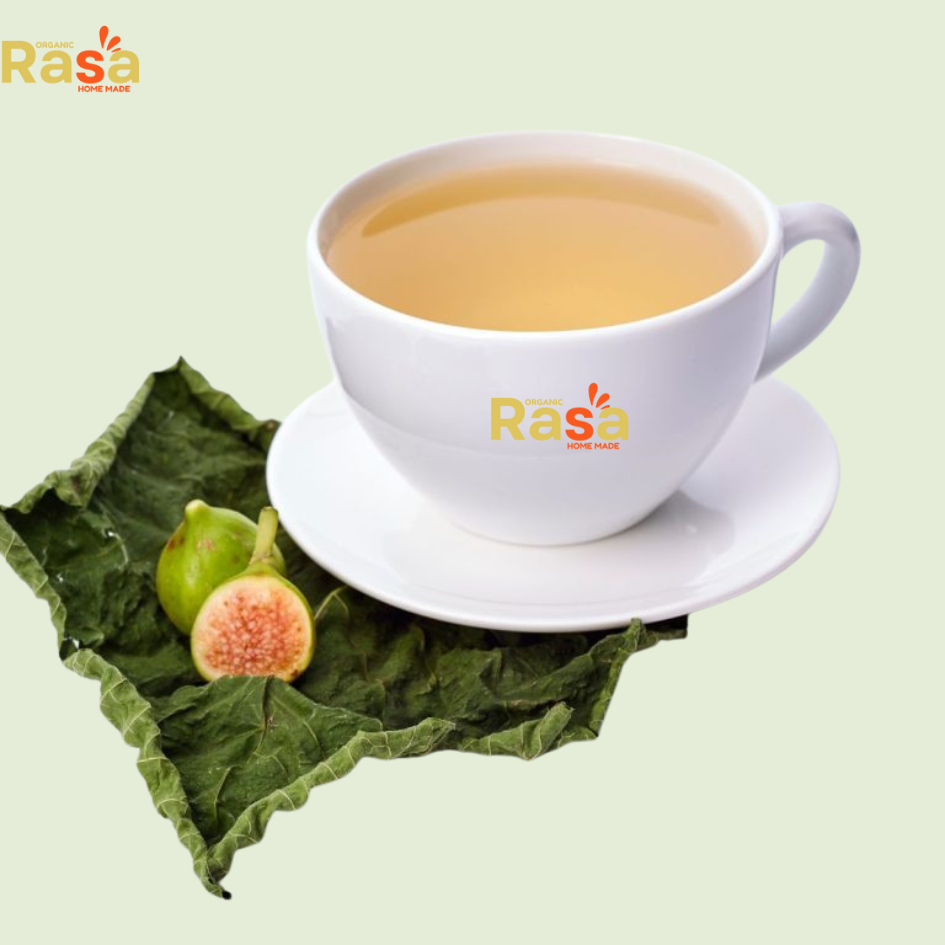


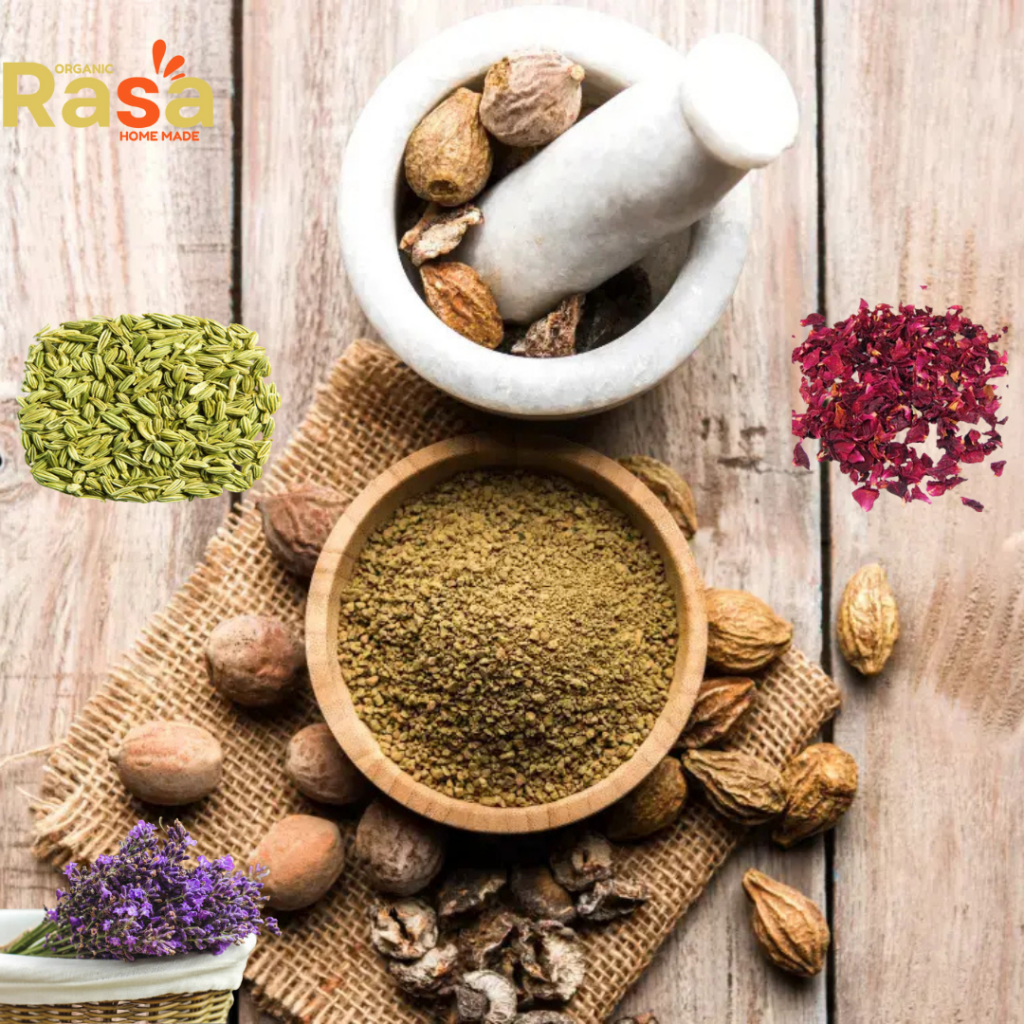
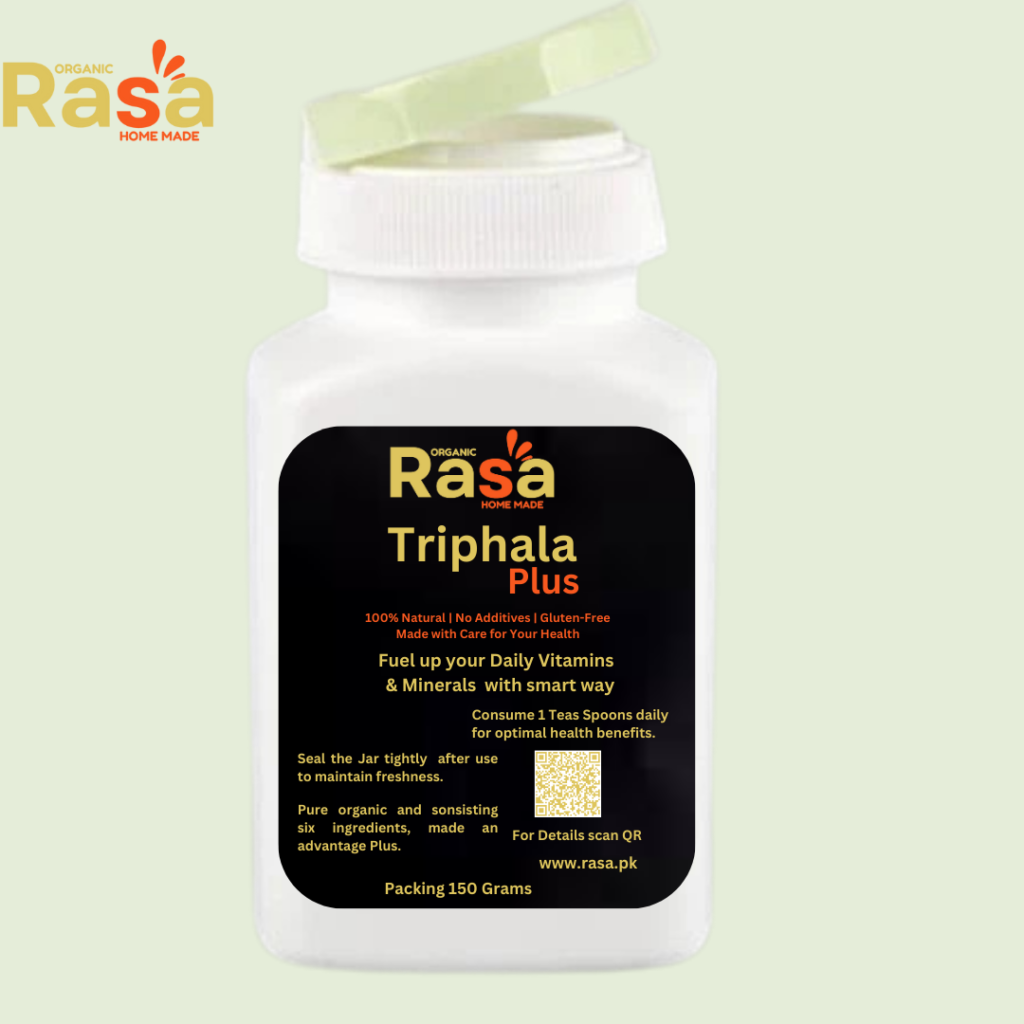


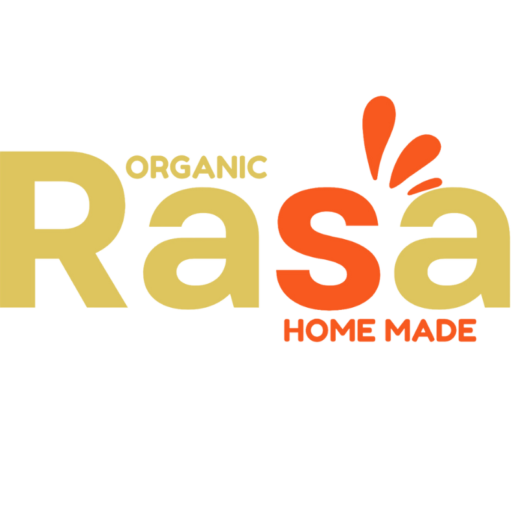

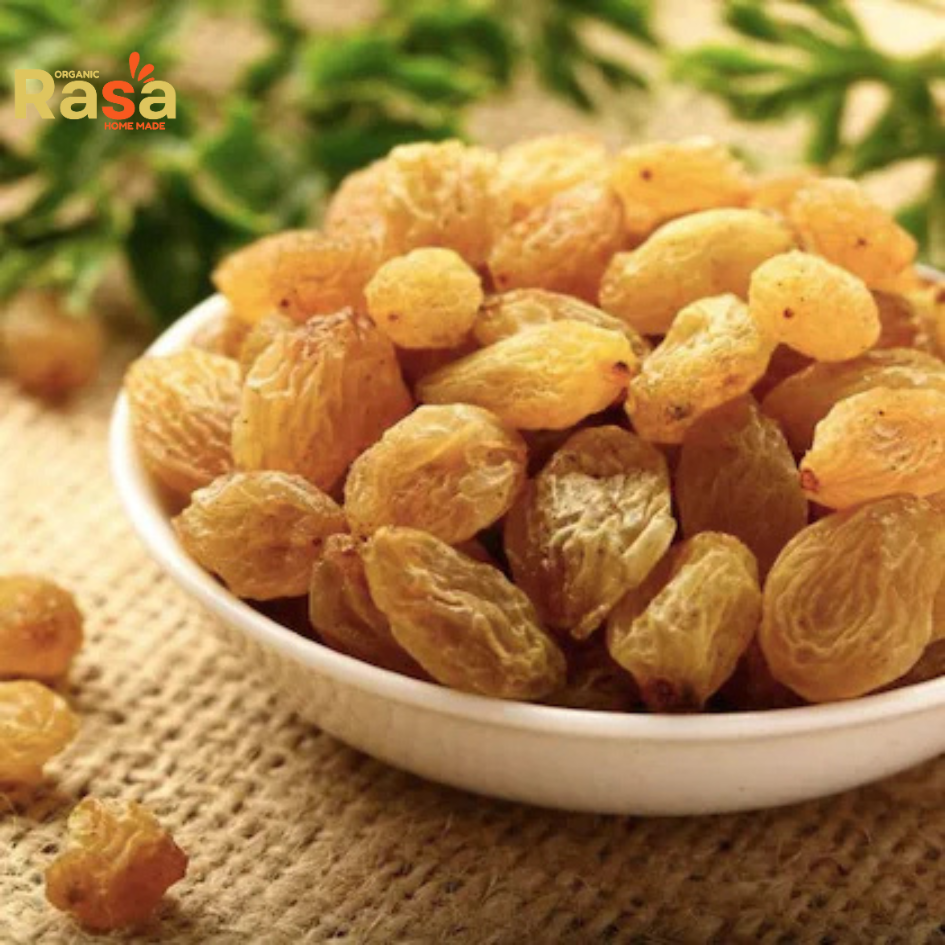
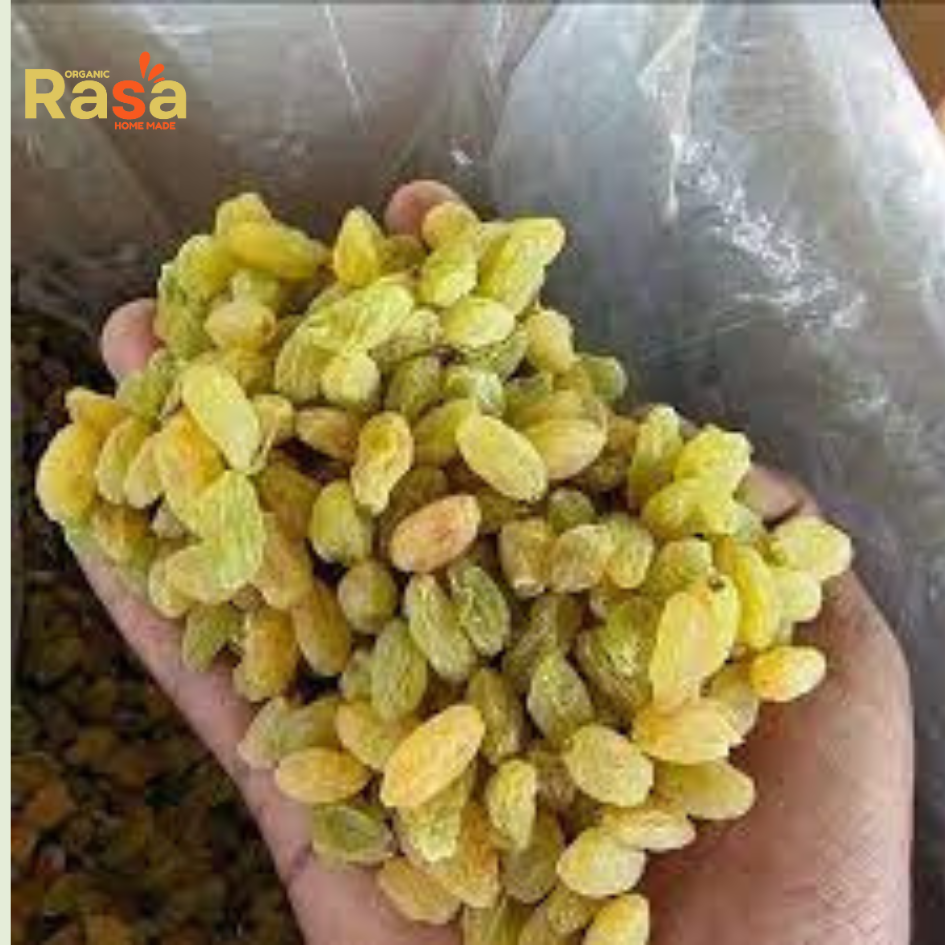
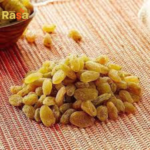
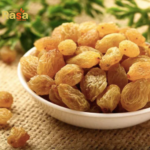
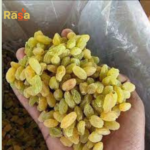
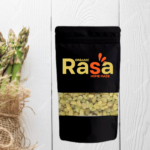




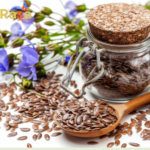


Reviews
Clear filtersThere are no reviews yet.